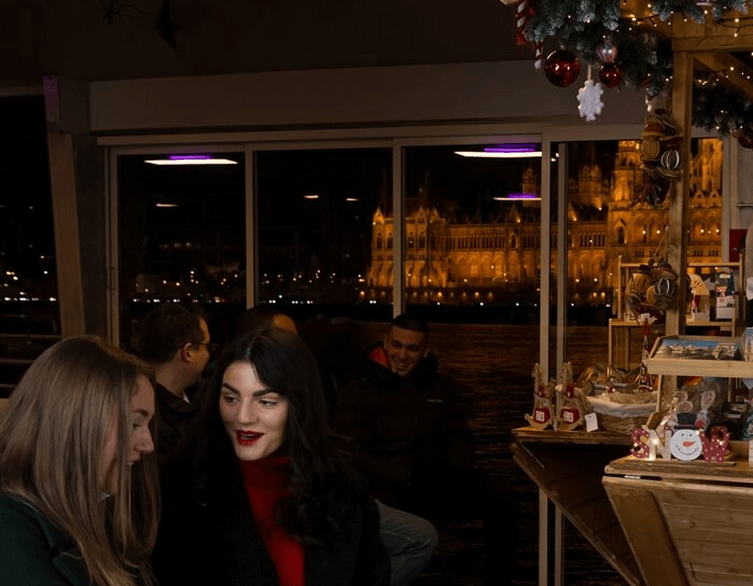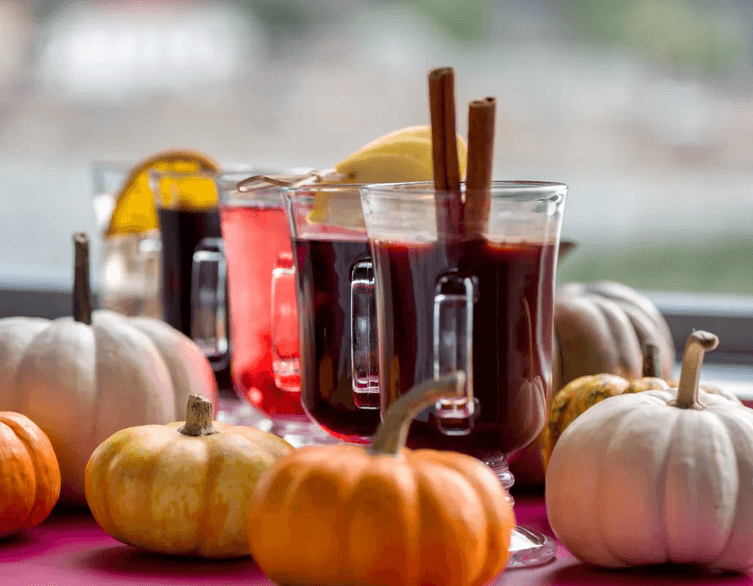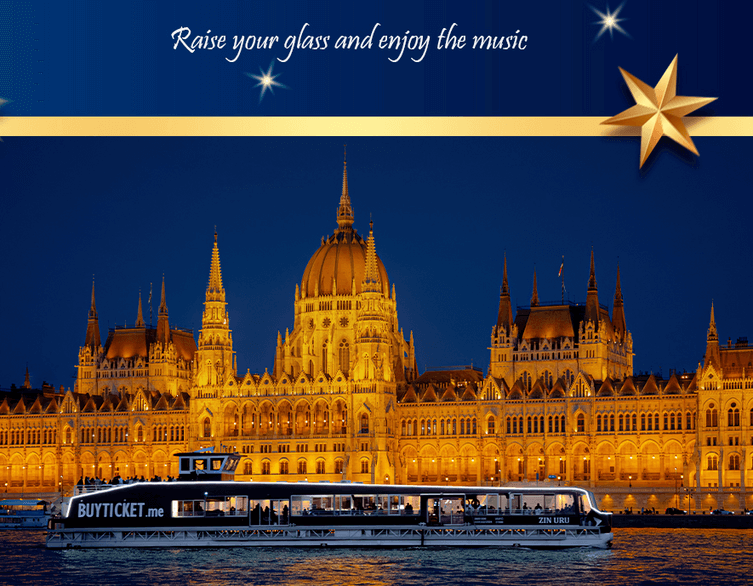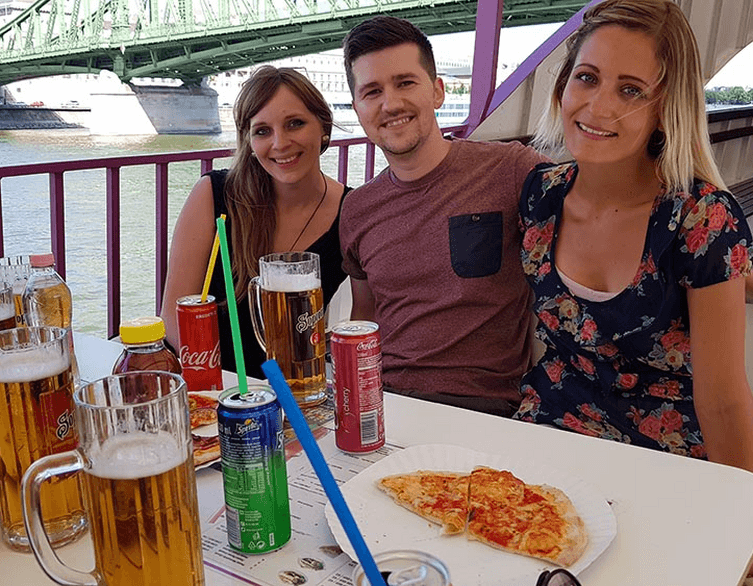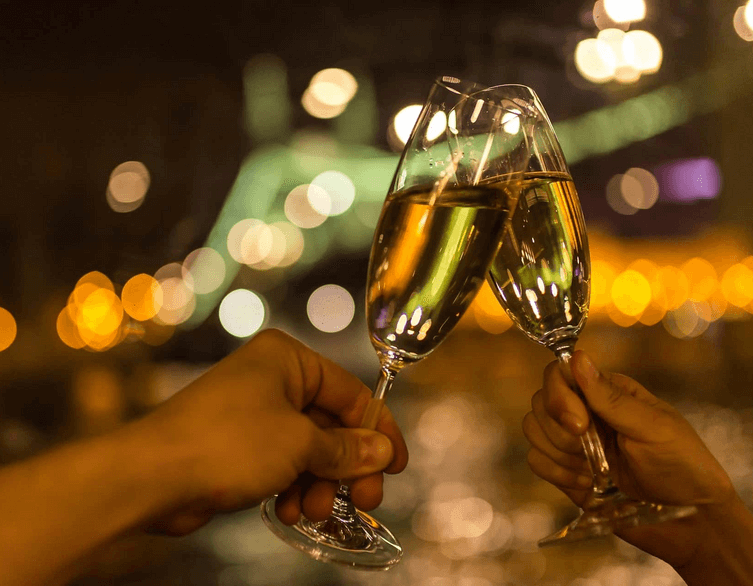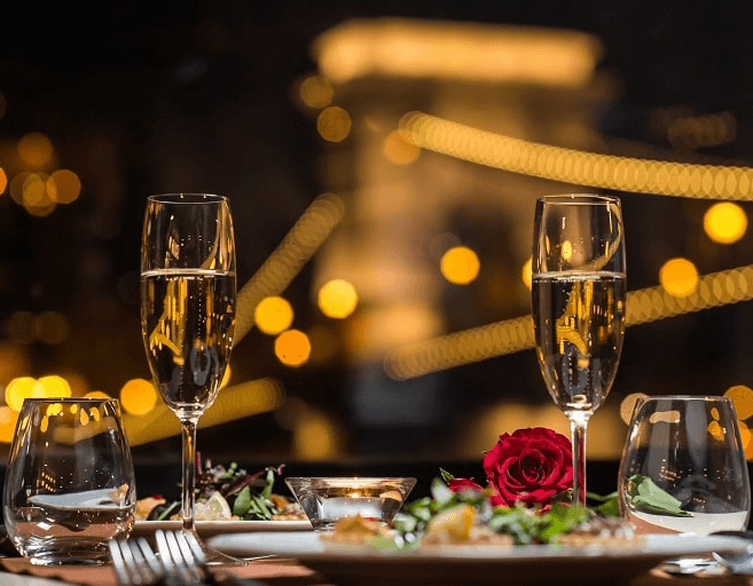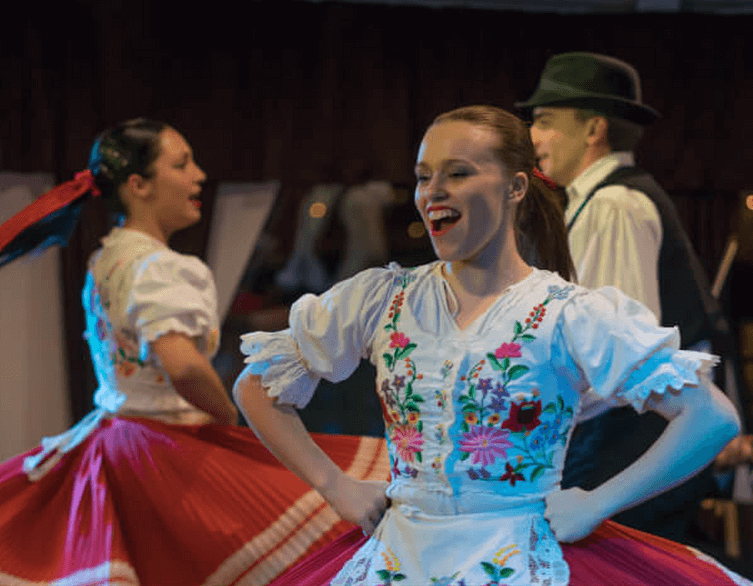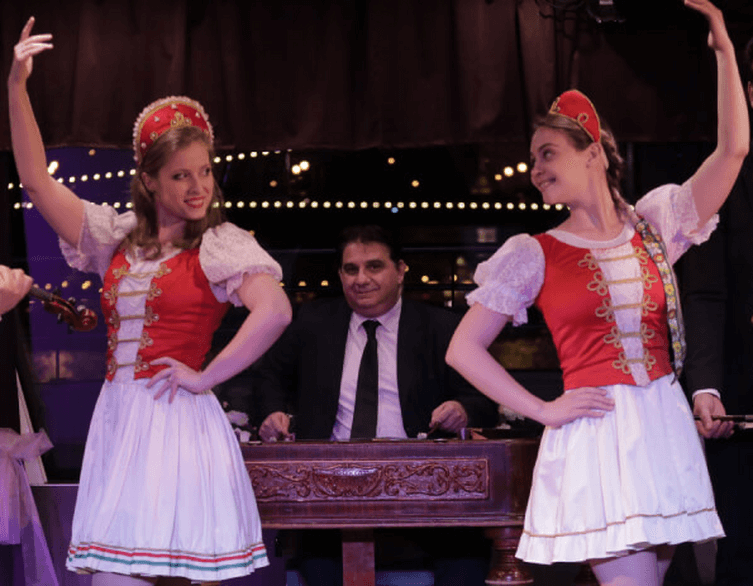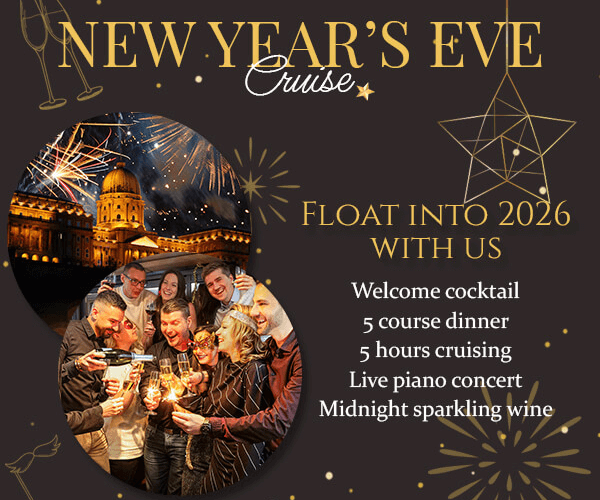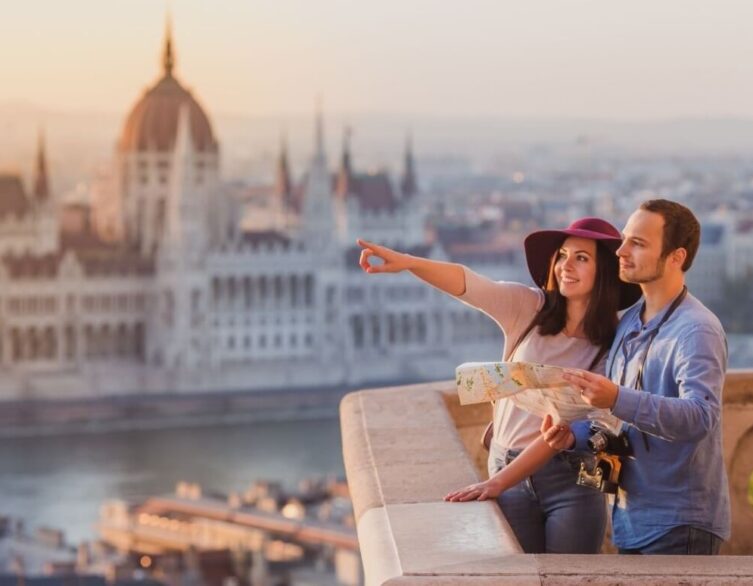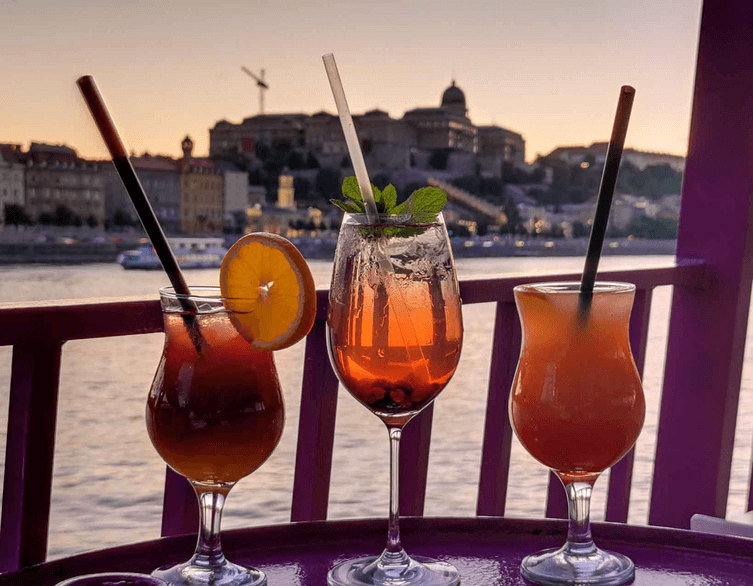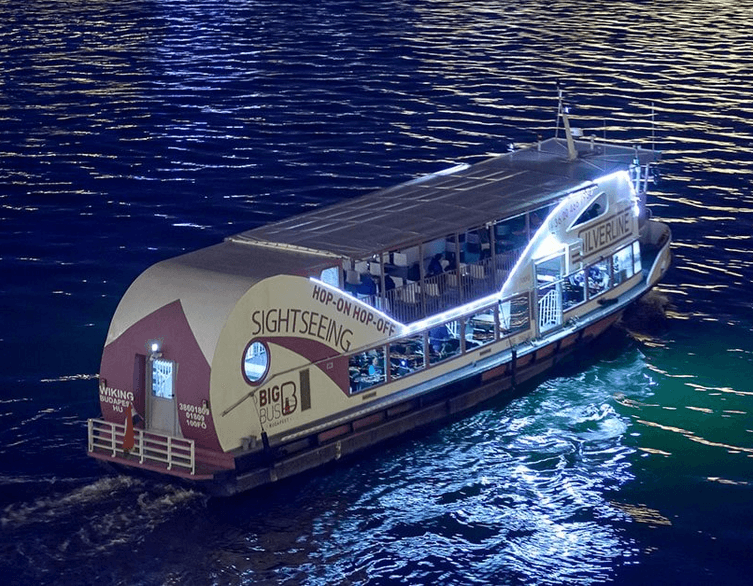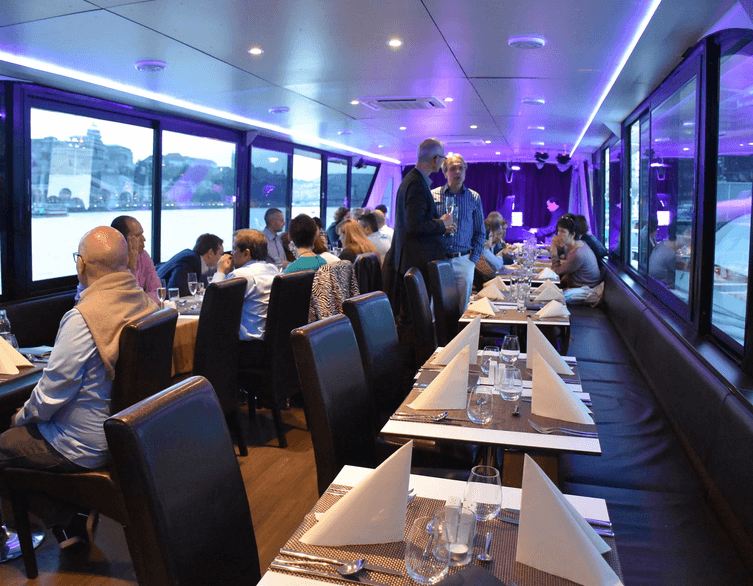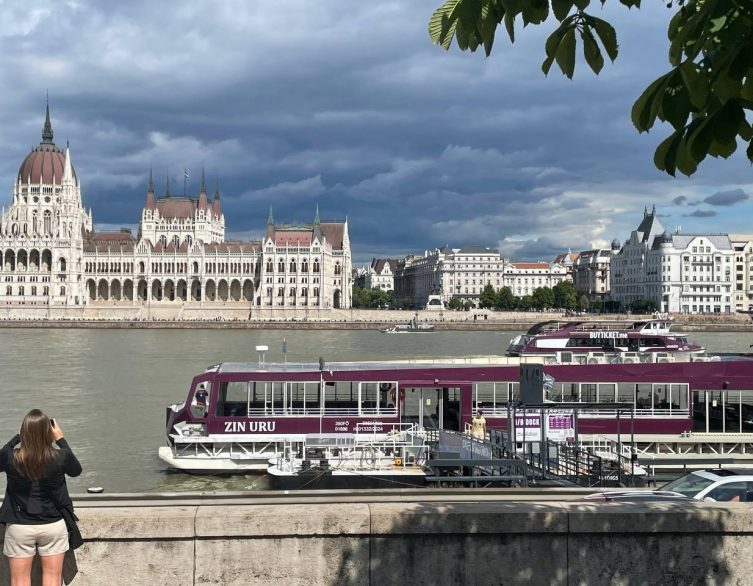World Press Photo 2025 Returns to Budapest: A Testament to Press Freedom
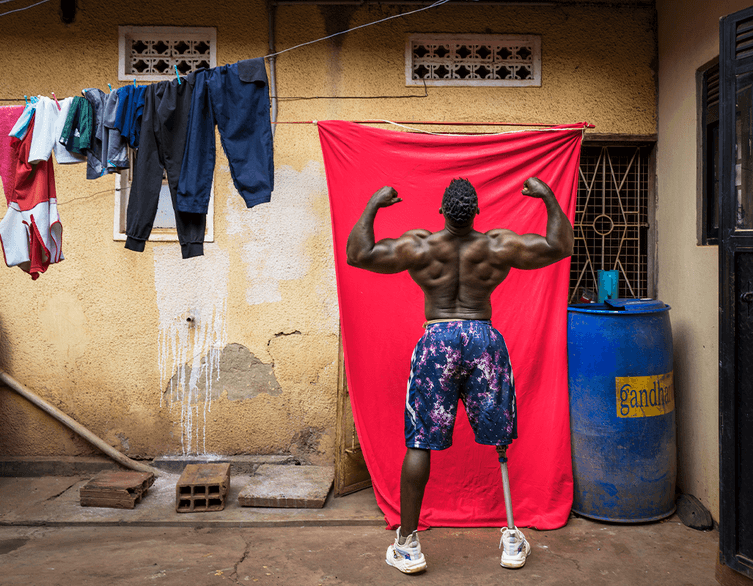
The world’s most prestigious photojournalism exhibition has found its home in Budapest once again, but this year’s story carries deeper significance than stunning imagery alone. The World Press Photo 2025 exhibition, running from September 26 to November 9 at the Budapest Zoo’s Biodóm, represents a triumph over censorship and a celebration of visual storytelling that speaks to visitors from around the globe.
A Journey Through Adversity
For international visitors, understanding the exhibition’s recent history adds profound context to their viewing experience. This renowned traveling exhibition, which began 70 years ago in the Netherlands, has graced Hungarian venues for 49 consecutive years. However, 2024 nearly broke this remarkable streak when political interference threatened to silence one of journalism’s most important voices.
The crisis emerged when the far-right Mi Hazánk party successfully pressured authorities to ban visitors under 18 from viewing the complete exhibition, forcing the Hungarian National Museum to restrict access. The controversy escalated when Minister János Csák dismissed the museum’s director, László L. Simon, creating a chilling effect that left state institutions reluctant to host the exhibition.
As the deadline approached, organizers faced the real possibility that Budapest might lose this cultural treasure entirely. Mayor Gergely Karácsony’s intervention in late August 2024 proved crucial, offering the Biodóm as an alternative venue when traditional institutions remained silent due to fear of political repercussions.
An Unexpected Home Becomes Perfect
The Biodóm, originally conceived as part of Budapest Zoo’s expansion but left incomplete due to funding disputes, emerged as an unlikely savior. This “animal city without animals” might seem an unusual choice for a photojournalism exhibition, but its spacious entrance hall proved ideal for displaying powerful imagery that demands contemplation and conversation.
Last year’s success exceeded all expectations, with 30,000 visitors purchasing tickets—numbers comparable to previous years when the exhibition occupied prestigious museum spaces. This overwhelming response confirmed that audiences hunger for authentic journalism regardless of venue, proving that compelling stories transcend their physical surroundings.
Zoo director Endre Sós expressed pride in hosting the exhibition for the second consecutive year, noting how it complements their mission of educating visitors about the relationship between humanity and nature. His emphasis on “knowing reality” perfectly encapsulates the World Press Photo’s essential purpose in an era of misinformation and artificial intelligence. The director highlighted that while the zoo typically hosts exhibitions about birds and nature, they want to share knowledge about the coexistence of humans and nature, making this photography exhibition a perfect fit.
The Power of Unfiltered Truth
Mayor Gergely Karácsony’s opening remarks captured the essence of what makes this exhibition so vital for international visitors seeking authentic experiences in Budapest. “Press photography doesn’t lie, doesn’t take sides, doesn’t distort—it simply presents the world’s reality to us,” the mayor declared, emphasizing that confrontation with truth is what he personally values most in photography.
This philosophy resonates throughout the exhibition, where visitors encounter images that challenge comfort zones and preconceptions. The mayor stressed that these photographs derive value not only from what they depict but how they accomplish this mission. The exhibition honors the performance, courage, and persistence of photographers working behind the cameras, often in dangerous and difficult circumstances.
Global Stories, Local Impact
The 2025 exhibition showcases work from 3,778 photographers across 141 countries who submitted an unprecedented 59,320 images for consideration. The 42 award-winning photographers represent 31 nations spanning every continent, from Bangladesh and Belarus to Venezuela and the United Kingdom. This geographic diversity creates a truly international perspective on our shared world, offering visitors windows into experiences and events they might never encounter otherwise.
Dutch Ambassador Willem van Ee’s presence at the opening ceremony underscored the exhibition’s significance to its founding nation. His remarks focused on the fundamental requirement for photojournalists to work without limitations and in complete freedom, enabling them to provide relevant and credible information that helps navigate our extraordinarily complex world. The ambassador’s observation that independent journalism provides the most trustworthy information in our age of fake news and artificial intelligence struck a particularly strong chord given Hungary’s recent challenges with media independence.
Best deals of Budapest
Compelling Companion Exhibitions
Beyond the main competition, three additional exhibitions enrich the visitor experience with focused storytelling that connects global themes to regional realities. Ambassador van Ee specifically highlighted the “Iron People” project by Ukrainian photographer Jelle Krings, which documents the railway workers who became unlikely heroes following Russia’s invasion of Ukraine. This intimate portrayal shows how ordinary transportation employees evolved into lifelines for over 6 million evacuees, providing human perspectives on one of Europe’s most significant recent conflicts.
The “Water” exhibition features collaborative work by Slovak, Czech, Polish, Hungarian, and Ukrainian photographers highlighting the Danube-Tisza region’s status as one of Europe’s largest freshwater reserves. This environmental focus resonates particularly strongly with visitors interested in sustainability and climate change impacts across Central Europe, demonstrating how regional cooperation can address shared challenges.
Perhaps most fascinating for tourists is “Budapest 75,” which Mayor Karácsony specifically emphasized in his opening address. This exhibition, curated from Fortepan archives with contemporary newsreel footage, commemorates the 75th anniversary of Greater Budapest’s administrative formation in 1950. The predominantly 1950s photographs reveal how the 23 settlements incorporated into the capital maintained their distinct characters rather than disappearing into urban homogeneity. These images show a city that grew through addition rather than absorption, creating the diverse neighborhoods that modern visitors explore today.
Practical Information for Visitors
Located within Budapest Zoo at Állatkerti körút 16, the Biodóm offers convenient access for tourists already exploring the City Park area. The exhibition operates daily from 10 AM to 6 PM Monday through Thursday and Sunday, with extended hours until 8 PM on Fridays and Saturdays. October 23rd, Hungary’s national holiday, maintains regular hours and pricing.
Ticket prices remain accessible at 5,500 HUF for adults, 3,900 HUF for students and seniors, and just 400 HUF for children under six. Online purchasing through the zoo’s website offers convenience, while on-site sales accommodate spontaneous visits. Group tours for students are available free of charge on weekdays between 10 AM and 1 PM, though advance booking is required.
A Window Into Press Freedom
For international visitors, this exhibition offers more than artistic appreciation—it provides insight into Hungary’s ongoing struggles with press freedom and censorship. The fact that the exhibition survived political pressure and found sanctuary in an unconventional venue speaks to both the resilience of cultural institutions and the determination of citizens who value independent journalism.
The Biodóm’s transformation from abandoned project to cultural sanctuary demonstrates how spaces can evolve beyond their original purposes when communities rally around shared values. Director Sós’s commitment to hosting the exhibition for the second year reflects institutional courage that deserves recognition from culturally conscious travelers.
Beyond Visual Impact
The World Press Photo’s presence in Budapest creates opportunities for deeper engagement with contemporary journalism and media literacy. The exhibition encourages viewers to step outside daily news cycles and think critically about global issues, fostering the kind of informed citizenship that democracy requires worldwide.
For tourists seeking authentic cultural experiences, this exhibition offers encounters with stories that transcend language barriers and national boundaries. The photographs speak universal languages of emotion, struggle, and hope while providing specific insights into events shaping our contemporary world. Mayor Karácsony’s emphasis on confrontation as photography’s greatest value invites visitors to engage with uncomfortable truths rather than seeking comfortable escapism.
The warning that some images contain sensitive content reflects both the nature of photojournalism and the political climate that forced restrictions the previous year. Adult visitors will encounter powerful imagery that documents conflict, injustice, and human suffering alongside moments of beauty, triumph, and hope—exactly the kind of comprehensive worldview that authentic journalism provides.
As you explore these powerful images in their unique Budapest setting, you’re participating in a global conversation about truth, beauty, and the human condition that began 70 years ago and continues evolving with each new generation of photographers brave enough to document our shared reality. The Biodóm’s role as sanctuary for this exhibition symbolizes broader themes about art’s power to survive political pressure and find new audiences in unexpected places, making your visit part of a larger story about cultural resilience and democratic values.
Related events

